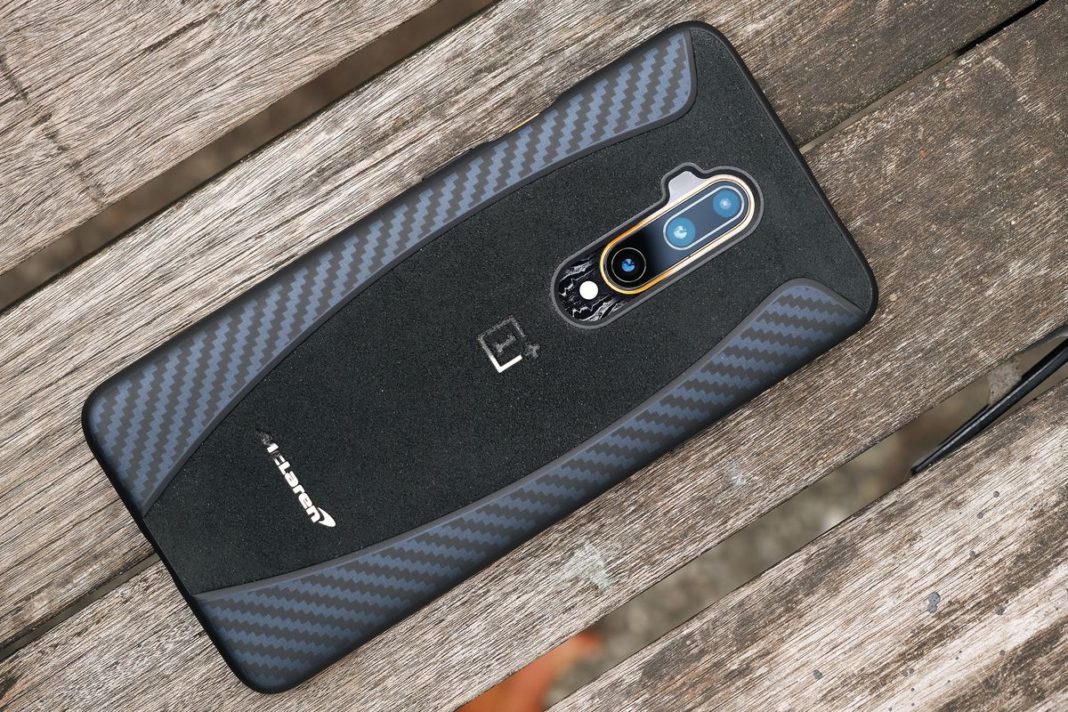You want the whole cake, but you can’t have it
For months, T-Mobile’s has been saying it’s got a smarter, sounder 5G strategy than both Verizon and AT&T. To understand what an optimal 5G network looks like, you should think of a fancy cake with three distinct layers, the company’s executives have claimed.
At the top is ultra-fast millimeter wave technology, on which Verizon is so far basing its entire 5G experience. Data speeds on millimeter wave are extremely fast (regularly over 1Gbps), but the signal doesn’t carry very far — maybe a city block or two — and indoor coverage is a huge problem. In the middle, you’ve got mid-band spectrum — like the 2.5Ghz airwaves that Sprint is currently using for 5G. It doesn’t get the same eye-popping speeds that millimeter wave can offer, but coverage is much more dependable and resembles that of LTE.
And at the base of everything is low-band spectrum, and that’s the part of the equation that T-Mobile lit up recently. Thanks to its vast 600MHz holdings, T-Mobile is already covering large stretches of major cities and suburbs without the signal gaps you’d encounter on Verizon 5G.
The trade-off? Speeds are noticeably slower and not what some would consider a next-generation leap over LTE. T-Mobile isn’t hiding that fact either, claiming that customers who buy either the OnePlus 7T Pro 5G McLaren Edition or Galaxy Note 10 Plus 5G can expect download speeds 20 percent faster (on average) than typical LTE performance.
In my experience testing the OnePlus 7T Pro 5G McLaren Edition in New York City, download rates vary between 70Mbps and 200Mbps on T-Mobile’s 600MHz 5G network. Anything over 200 is on the rarer side, as I most commonly landed a little over 100Mbps. These aren’t the kind of speed tests that’ll leave your eyes wide open in disbelief to the same degree as millimeter wave. If you’ve got a relatively new flagship smartphone, there’s a good chance it can already hit some of those numbers today on LTE. Sometimes.
More often than not, we don’t get amazing data speeds in real-world use; the benefit of low-band 5G is that you’ll see faster, more dependable coverage at the same places that previously suffered poor coverage. In one Brooklyn coffee shop, the OnePlus hit around 40Mbps, which obviously isn’t impressive on its own. But my Verizon iPhone 11 Pro Max could barely cross 7Mbps in the same spot. Elsewhere, I often saw over 120Mbps. Again, taken alone, that’s ¯\_(ツ)_/¯. But knowing you’ll get top-tier data speeds almost everywhere you go is a nice perk. It just doesn’t necessarily feel very next generation.
Even with its huge coverage footprint, T-Mobile acknowledges that 5G is still for early adopters. Heck, OnePlus even writes “5G is still developing” on the orange box of the 5G McLaren Edition. These companies are trying to hype 5G and temper expectations for these early days at the same time. I don’t envy that tightrope walk. My speeds with the OnePlus haven’t been radical and I’m not using my phone any differently than if I wasn’t on 5G. PCMag’sSascha Segan describes T-Mobile’s 600MHz 5G as “4.9G,” and that seems right on the money. As with other carriers, uploads remain limited to LTE right now — and T-Mobile won’t let you tether using 5G data.
Regardless of whether you’re the early adopter type, it doesn’t make sense to buy right now. Neither of T-Mobile’s new 5G phones is compatible with the ultimate 5G experience that T-Mobile has laid out. The OnePlus and Note 10 Plus 5G do not support T-Mobile’s millimeter wave network, so you’ll never get the speed thrill of downloading an entire movie from Netflix or Prime Video in seconds. You could make an easier case for the $900 OnePlus McLaren Edition than the outrageously expensive $1,300 Note 10 5G, but to me, both of these devices are awkward stepping stones. They also won’t support 5G on other networks, so if you switch carriers, you’re hosed.
T-MOBILE’S COVERAGE MAPS NEED WORK
For months, T-Mobile executives relentlessly blasted Verizon for failing to produce any actual 5G coverage maps in the pockets of cities where service was available. That finally happened last month. But T-Mobile deserves some criticism, too. The carrier’s maps for 600MHz 5G coverage don’t let you zoom in at a street level; you can really only guess whether your precise location is good to go.
WHAT ABOUT T-MOBILE’S MUCH FASTER MILLIMETER WAVE 5G?
T-Mobile has already launched mmWave in a few cities, but it’s seemingly not focused on that part of the 5G picture right now. I tested it on a scorching day back in July, and it wasn’t a great experience. So for now, you can only order the Galaxy S10 5G by phone or in select stores. It’s already a weird, forgotten stepchild. “Next year we expect to launch at least 15 new 5G devices — at all price points — that will be able to tap into multiple spectrum bands,” a spokesperson told The Verge by email. It doesn’t get much more direct than that. The real 5G phones are coming in 2020, and an iPhone is rumored to be among them.
It’s worth noting that the 5G OnePlus phone is compatible with Sprint’s 2.5GHz 5G network, so if and when the merger between both carriers is complete, it’s at least a little future-proofed in that regard and should eventually offer speeds like those I got on Sprint’s network in Dallas — with peaks in the 300Mbps to 500Mbps range. At that point, yes, you’ve reached a new rung of cellular connectivity. Sprint’s mid-band spectrum is a huge factor in T-Mobile’s 5G planning, and the companies are a legal victory away from getting there.
Outside of all this, the OnePlus 7T Pro 5G McLaren Edition is a very nice phone. It builds on the 7 Pro with more RAM, a slightly faster processor, and a custom design print on the back with nice flourishes of orange around the phone. It also comes with a nice case that blends Alcantara with a carbon fiber aesthetic.
I’m a curved screen hater, so I’d choose the lower tier 7T over this any day. But with a Snapdragon 855+ and 12GB of RAM, the 7T Pro absolutely flies and crushes any task I throw at it. However, the same can be said for the excellent non-5G 7T, which T-Mobile also sells for $599.99.
So you’ve got to ask yourself… what’s the rush? Securing 5G is an ego-driven race among nations and carriers right now, but consumers are still better off sitting it out as these networks continue to expand. By next year, we should start seeing phones that can eat every part of the cake T-Mobile keeps talking about — or at least more than one section. There’ll be more cohesion.
As a baseline, you’ll be able to count on speeds that match the best of what LTE can do right now. Faster day-to-day speeds will be a welcome advancement. But right now, that’s all that T-Mobile is giving you. And even if millimeter wave’s footprint remains confined over the next year, it’ll still be a good resource to have in metro hotspots, arenas (where LTE is still pushed beyond capacity today), and hopefully airports. When 5G can eliminate the dread I feel when I forget to download a movie before a long-haul flight, then I’ll have a good reason to upgrade.













![Hotstar Premium Cookies 2019 [*100% Working & Daily Updated*] Hotstar Premium Cookies 2019 [*100% Working & Daily Updated*]](https://tahav.com/wp-content/uploads/2019/11/Hotstar-Premium-Cookies-Free-100x70.jpg)



